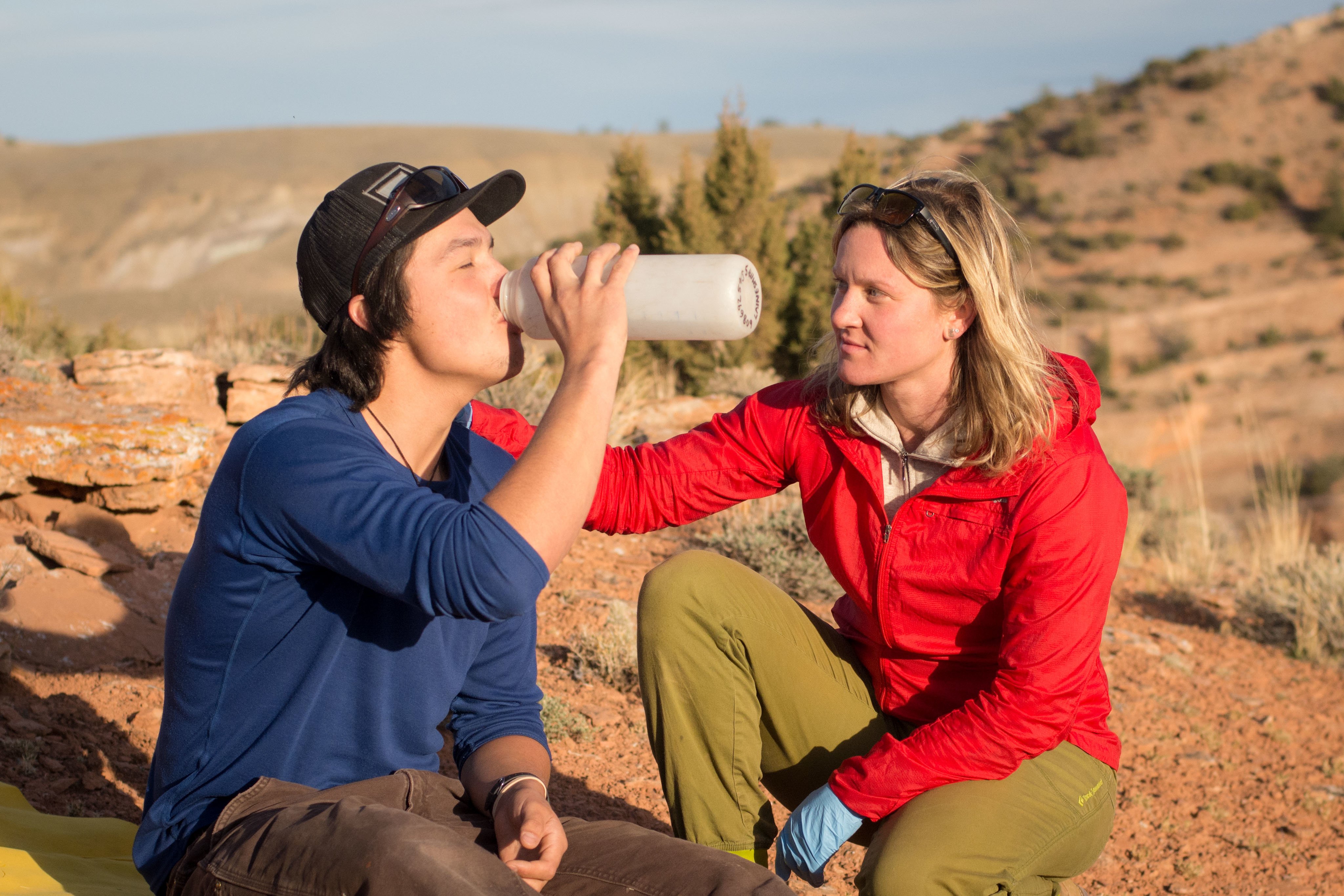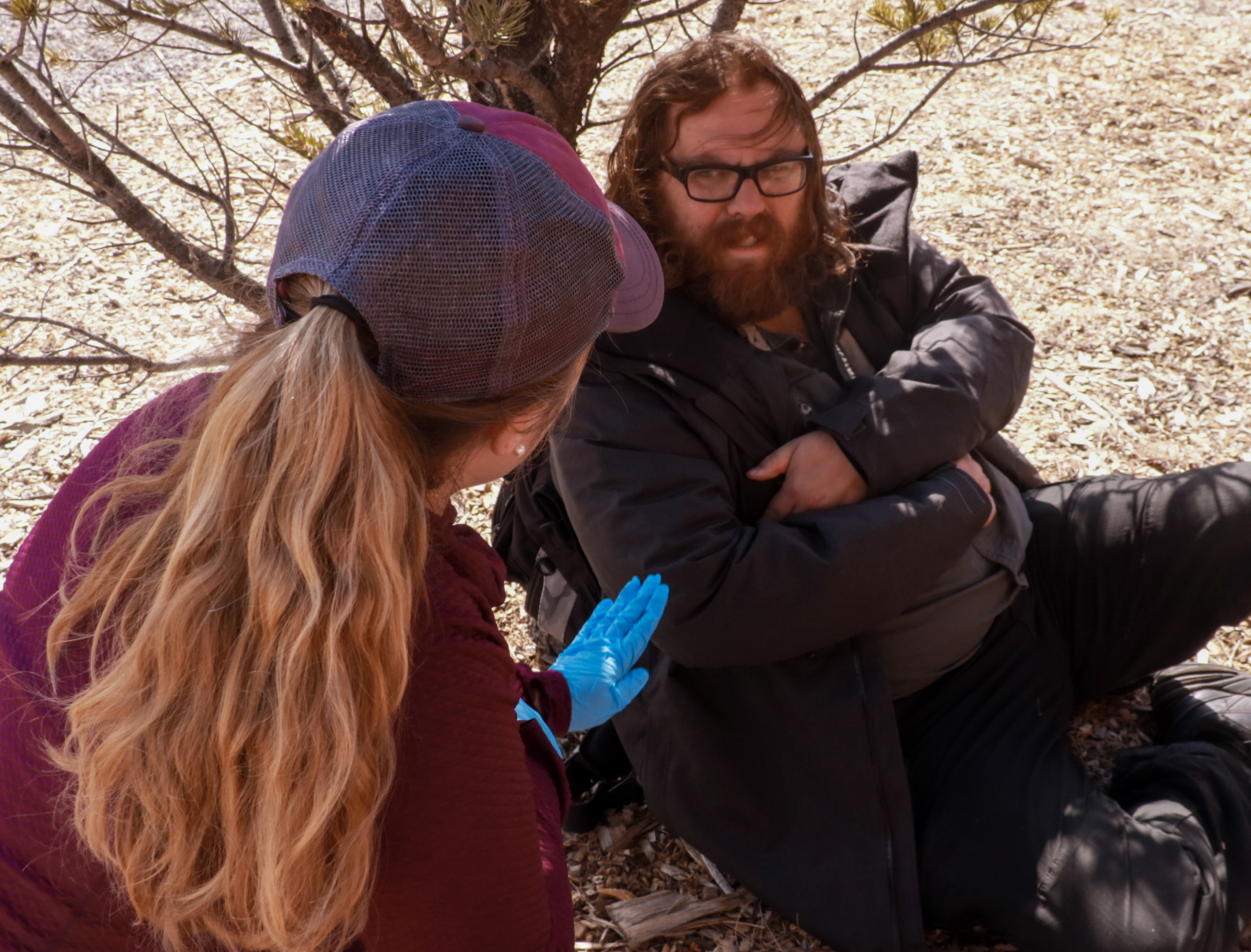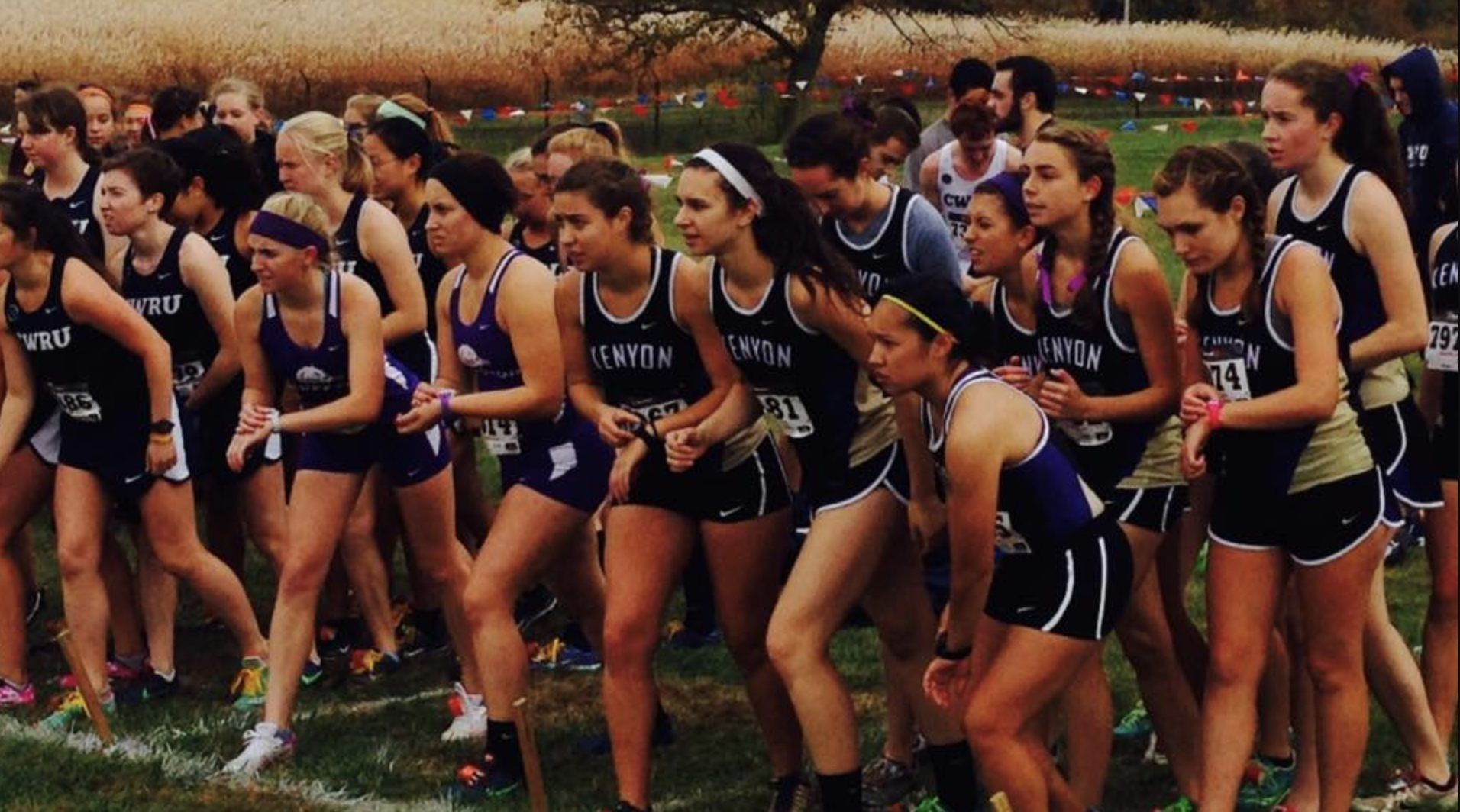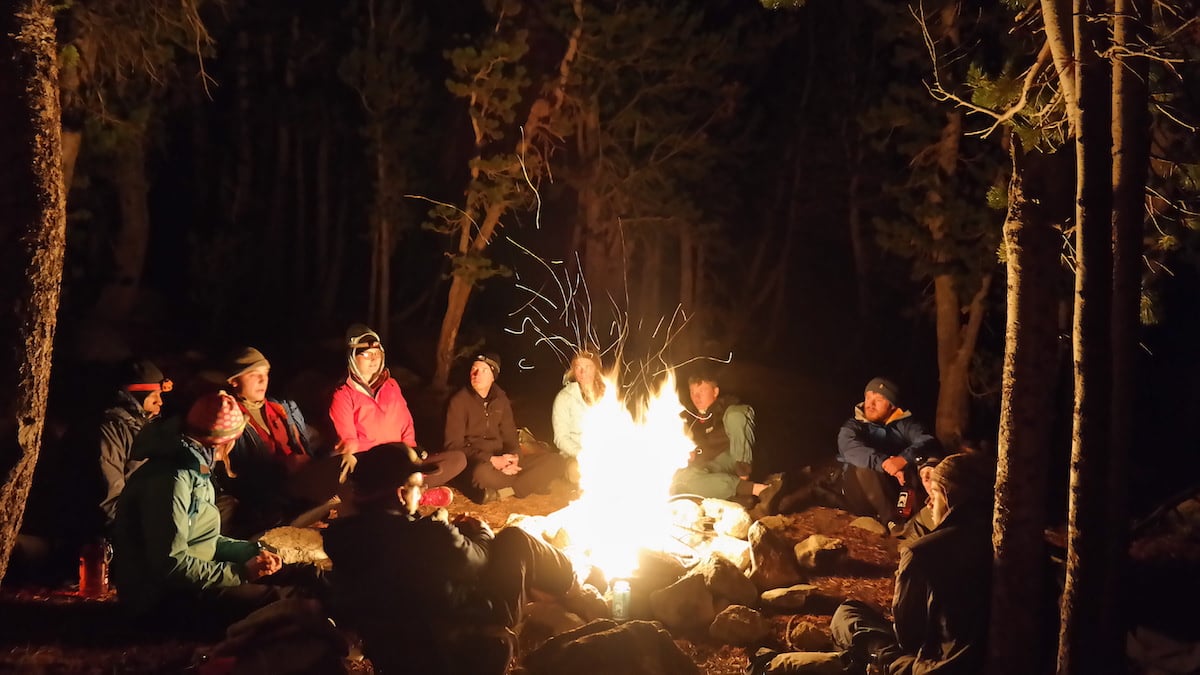
After thirteen years of competitive running, and now as I train for my first marathon, there’s one lesson I’ve learned that will always stick with me: running is HARD. Especially with the weather warming up, long hot runs remind me that water is in fact a basic need. Sweat stains are a way of life.
I’ve also developed a life-long love affair with the sport; logging miles usually translates to logging smiles. Running is key to keeping my anxiety at bay, and this is especially true during the COVID-19 pandemic. I’m thankful I can continue my hobby while social distancing, and I’m even more grateful that friends across the globe are starting to run.
While my new virtual teammates are excited to start or to get more into running, many have expressed concerns about starting to run when the temperature gets hot. I understand this concern; most of my cross country/track training focused on how to deal with the heat, but not how to prevent heat illnesses.
It wasn’t until I took my Wilderness First Responder course (WFR) that I learned how integral heat illness topics were to improving hot, tiring runs. For new and seasoned runners alike, here are signs and symptoms, as well as treatments for illnesses common for runners dealing with hot temperatures*.
*Never utilize a skill that is outside your certification or that you are uncomfortable practicing.
Dehydration
Throwback to the summer I was in Oklahoma and did all my long runs on a shade-less track in 96% humidity, or to my year of running in Uganda when I learned how Dry/Hot Season got its name. Running in the heat is my least favorite training condition. If you’ve run in the heat, you know it can turn into a suffer-fest. And, if you’re not prepared to run in hot weather or ignore signs of heat illness, your run can be very dangerous.
Runs that feel strong on mile four can quickly become laborious if you didn’t properly hydrate before and during the run.
Signs and symptoms of dehydration include:
- Thirst
- Weakness, headache, fatigue, lightheadedness, irritability
- Dark, smelly urine (You might not be able to tell the color of your urine during a nature pee, but be aware if you smell something more pungent than usual.)
- Diminished urine output or dark urine (think of apple juice)
Some of these signs are hard to discern while running—for example, tempo (faster-paced) or long runs will make you thirsty and tired. Exercise in general depletes your body’s water, which is why it can be helpful to run with a water bottle. If you’re like me and hate carrying things while running, there are options for you, like lightweight hydration packs that make it easy to sip hands-free. On hot days, I plan in advance to run loops or on a track so I can leave a water bottle at a designated spot or stop early if my body is too drained.
Hydration is the only way to prevent dehydration. Don’t run if you’re already dehydrated. Coffee, sugary drinks, and alcohol also contribute to dehydration. As always, planning ahead to take precautions like running early in the morning or evening will minimize your risk of dehydration. While dehydration is often associated with heat, runners should hydrate regardless of weather.
If you’re dehydrated, check out these treatment principles:
- Drink water until no longer thirsty. *Pace yourself, since chugging water can cause nausea
- Be patient—dehydration takes time to treat
- Severe dehydration can result in electrolyte imbalances and fluid deficits. This may require hospitalization for intravenous fluid therapy.

Heat Exhaustion
Physical exertion in extremely hot temperatures, or even in cooler temperatures if you are overdressed, can also put you at risk for heat exhaustion. Signs and symptoms for heat exhaustion include:
- Fatigue
- Nausea and/or vomiting
- Loss of appetite
- Exercise-associated muscle cramps
- Level of Responsiveness: Dizziness with fainting possible
- Heart rate (pulse) and respirator rate (breaths per minute) elevated
Like with dehydration, symptoms like fatigue and elevated heart rate/respiratory rate (HR and RR) are common with running. Heat exhaustion can be incredibly uncomfortable, but is not a life threat if treated appropriately. Given how overcrowded emergency services are during this pandemic, the below steps can help you provide at-home treatment for someone not suffering from severe symptoms. Remember, as much as you may want to reach your mileage, it’s best to trust your body’s reaction and err on the side of caution by resting.
- Rest. Avoid further heat stress.
- Hydrate.
- Treat exercise-associated muscle cramps with gentle stretching or massage.
Often, people experience a combination of heat exhaustion and dehydration, which is why we typically treat for both ailments at the same time.

Hyponatremia
Another reason why it’s smart to bring a water bottle with you on a run is so that you only drink to thirst. While some runners drink excessive amounts of water before or after a run to avoid dehydration, this is counterproductive because it can lead to mild or moderate hyponatremia (excessive water intake). It takes a lot of water to lead to hyponatremia, but it is possible if you ignore your thirst cues and drink too much.
Hyponatremia is difficult to diagnose because with the exception of thirst, its signs/symptoms are very similar to those of dehydration. Signs and symptoms also include swelling/bloating and nausea/vomiting. The key to diagnosing hyponatremia is patient history: How much water has the patient consumed in the last four hours? If you can’t tell whether a patient has dehydration or hyponatremia, treat for hyponatremia. The body can tolerate dehydration more than acute hyponatremia.
Treatment for hyponatremia includes:
- No fluid intake
- Rest until symptoms subside
- Giving salty snacks or two bouillon cubes in 100 ml of water may be helpful.
If you were admitted to the hospital for severe hyponatremia, the treatment is a bolus of salt by an IV, so it doesn’t hurt to have salty snacks. Contrary to popular belief, hyponatremia comes about from too much water, not due to an imbalance of salt, so it is more important to restrict water intake than to add salt.
Acclimatization to Heat
Running during summer months doesn’t need to equate to acquiring heat-related illnesses! When acclimatized, we sweat faster and sooner, and lose fewer electrolytes in the sweat. To become acclimated to a hot environment, exercise 1-2 hours a day for ten to fourteen days. To stay acclimated to the heat, exercise at least once or twice a week outside. Heat acclimatization is as important as altitude acclimatization. If you are located in one general area, you will acclimatized to the heat by running through the spring. Just be careful when you run on the first hot sunny day!

Final Takeaways
Running in the heat can be unpleasant, but by applying the above wilderness medicine knowledge to your training, you mitigate your risk of heat-related illnesses. Since emergency medical facilities are burdened due to COVID-19, err on the side of caution if you feel fatigued or experience early symptoms of these ailments.
Preparing ahead of time is the best way to mitigate risk. Things to consider include running at off-rush hour times to avoid heavy traffic and choosing smoother, less-injury-inducing trails. Other precautions to take while running in the heat, at altitude, or in areas with strong UV rays include the basics: sunscreen and wearing hats and sunglasses.
I fell in love with running over a decade ago because of its balance. It was a time for me to be with me and amaze myself with what I could push my body to do; after my first 10-mile run, I couldn’t stop smiling for the rest of the day (and it wasn’t just because I drank my weight in chocolate milk). At the same time, those solo long runs propelled me to give it my all when running with my teammates or friends. There’s no bond like the bond from conversations to keep you and your friends entertained throughout 8 miles.
Strong relationships like these transcend the negative parts of social distancing; try setting up a run with a friend in another location, where you both start at the same time and swap notes afterwards. Whether you have a great or terrible run, tell someone about it! The marathon I was signed up to run was, unfortunately, canceled, but I still plan to run 26.2 miles on the same date. I have been so warmed by the amount of people telling me they would cheer for me from their cars or front porches.
In a tumultuous, often lonely time, running can offer you a community, and wilderness medicine can help make this sport as pain-free and enjoyable as possible.
- Leadership Skills
- Wilderness First Responder
- First Aid
- Summer
- Wilderness Medicine
- Illness & Injuries
- Leadership
- Covid 19
Written By
Colleen Kelley
Colleen Kelley is the Marketing Coordinator for NOLS Wilderness Medicine. She graduated from Kenyon College in 2018 with degrees in film and English. When she's not writing/making or analyzing (aka binge watching) films, you can find her running (literally) around Lander or trying to find someone to pump her gas (because she is from New Jersey and that's not legal there).



